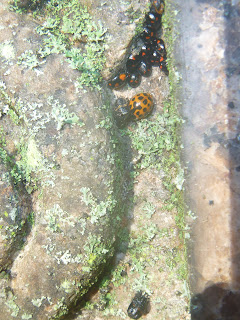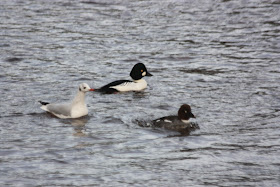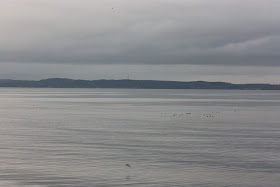
The Book of Trespass by Nick Hayes
This is an engrossing and wide-ranging examination of how the people of England and Wales are kept away from 92% of the land and 97% of the waterways. Each chapter is based around an actual trespass made by the author. The interesting thing for me, here, is that each incident of trespass was carried out in such a way that if the author were in Scotland, it would not be considered trespass (our laws on trespass are much more reasonable north of the border).
Using the author's own trespasses as a starting point, the book charts the history of land and property rights in England and Wales. The author examines the changing definition of trespass including the draconian English law as it relates to so-called aggravated trespass. The particularly draconian bit is that anything can be construed as being the aggravation, even something as benign as sketching or taking photos. Aggravated trespass is, however, most often used against protesters. This book looks at the history of protest in England starting with the 1932 mass trespass on Kinder Scout in the Peak District, (which was instrumental in the Peak District eventually being designated a National Park in 1953) and taking in the Greenham Common Protests, Extinction Rebellion and the residents of Sheffield who protested against their council's plan to remove healthy trees throughout the city in the name of improved highway maintenance.
Hayes examines how fox hunting and grouse shooting, typically pastimes of the wealthy, are tied in with the property rights of those same wealthy people and are used against what used to be people's common rights to the land and its riches. What was once seen as a person's right to hunt the land, becomes redesignated as the crime of poaching game from the wealthy landowners.
Interestingly, he makes the point that established rights of way actually help to distract people from their lack of access to the rest of the countryside. Many landowners would then argue that restricting access protects the land, but as Hayes points out, an 'inconsiderate rambler may occasionally stumble into the eggs of a ground nesting bird, their effect on the wildlife of England is nothing compared to that of industrial agriculture' an argument that still stands despite the increasing number of incidents of dogs and people disturbing nesting sites across the country
He extends the idea of trespass through to immigration across international borders and slavery (where people are considered to be property, but also the fortunes made through slavery fed into the grand estates that are closed off to the general public). So the book covers a lot more ground than might be expected from the title.
A fascinating read for anyone interested in land rights in the UK. With beautiful illustrations by the author.
The Book of Trespass by Nick Hayes, published (2020) by Bloomsbury.
**
If you're interested in land rights in the UK, you may be interested in this article on the Open Democracy website: England has long been starved of access to nature.





















































